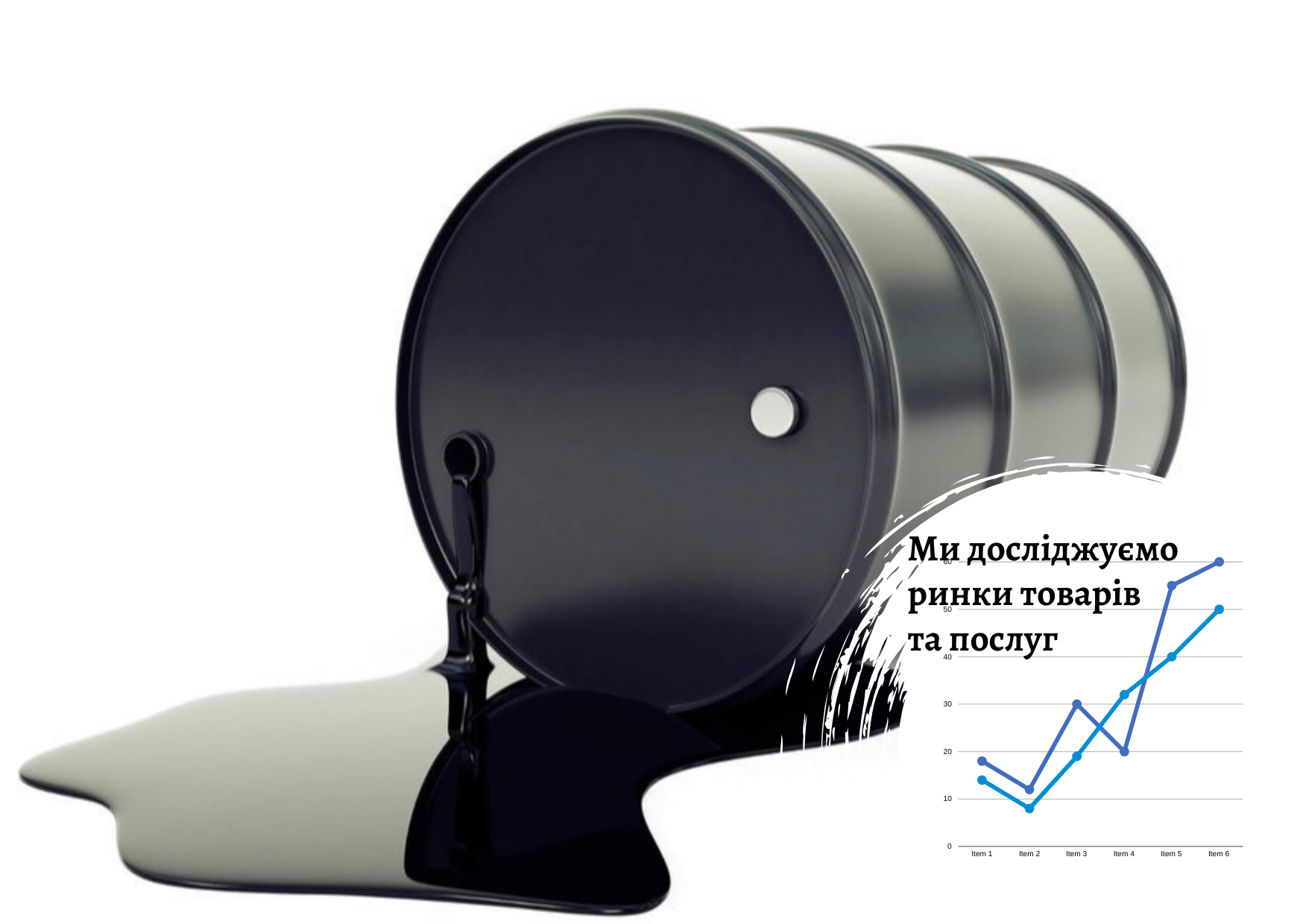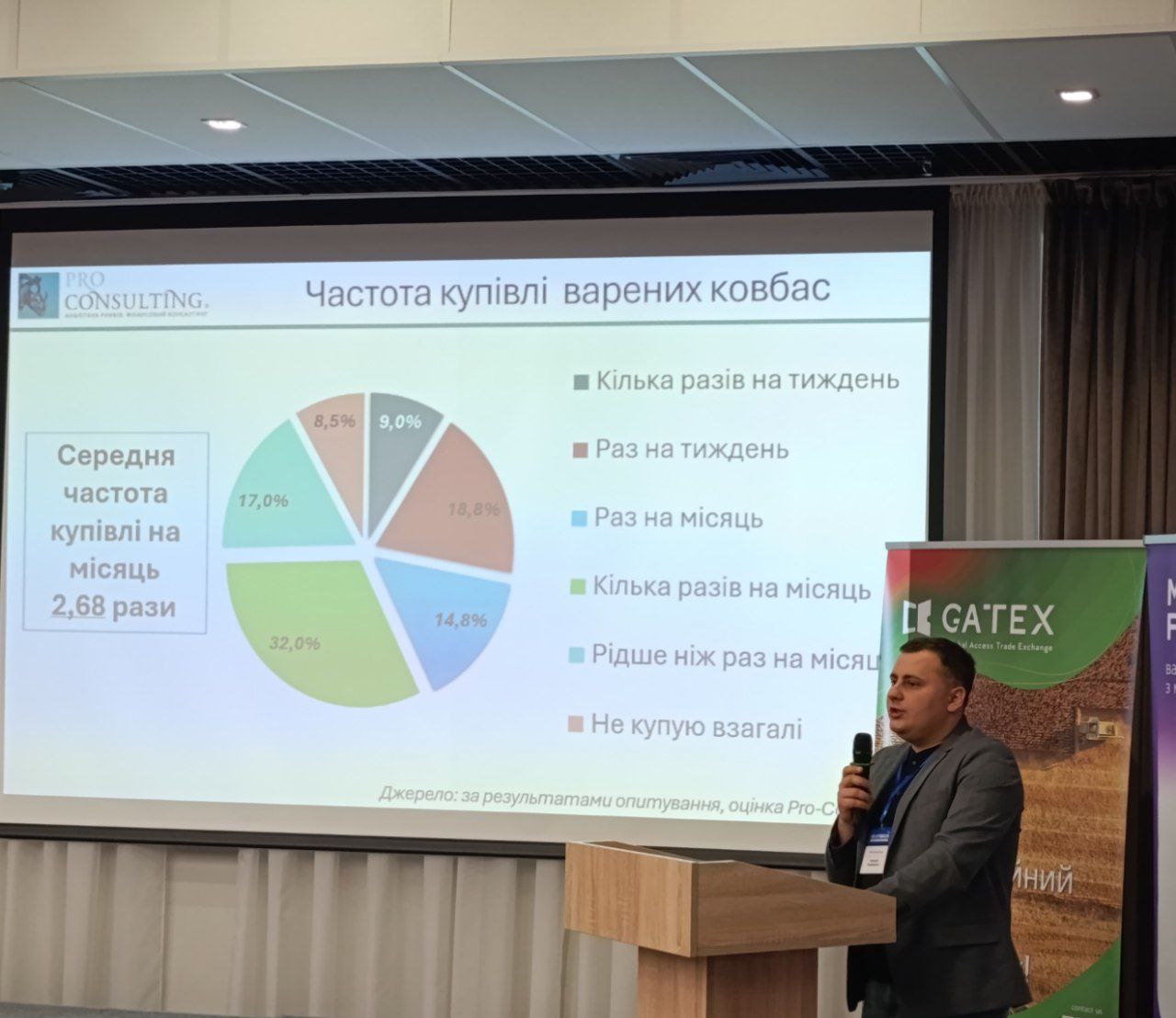How Much. Correct Method to Use Pricing Tactics

Nick Kolenda, well-known businessman, researched for a long time how an individual takes decision on purchase of any product. Having systematized the collected data, he developed 30 pricing tactics. The most interesting of them are given below.
Tactics No. 1. Decrease of the Left Digit for One Point
Large holdings may maintain large analytic teams, but for the small companies it is impossible. That’s why in this case we need the general knowledge about numeric values. Marketologists state that the buyer perceives the prices ending by 9,99 or 95. It is confirmed by statistics. But the digit which is in the left is also important. For example, the buyer sees no difference between $4,80 and $4,79. For the buyer’s psychology there is the difference between $4,00 and $3,99 – it is explained by the speed of digit processing by human brain.
Tactics No. 2. Correct Rounding
Nick Kolenda states that it is difficult to process unrounded values, that’s why it is better to use $90 instead of $88,76. Large values ($100, $2000) may repel the buyers. There is the impression that the buyer intentionally increases the price.


Tactics No. 3. Separation of Costs for Delivery and Packing
Separation of product price, packing costs and delivery costs is important in e-commerce. This tip always works, because the buyer’s attention is focused not on the total price, but on the product price.
Tactics No. 4. Payment for Product in Instalments
Payment in small parts somehow disturbs the process of comparison. For example, if one shop offers the price for product $499, and competitors offer $500, then the difference is only $1. Nevertheless, the buyer, having read about the option to buy the product and to pay in instalments ($99), will select the offer of the first shop, actually not thinking about USD1,00 difference.
Tactics No. 5. Price Indication in the Lower Left Corner
Many analytics state that price located in the lower left corner is perceived conceptually as the lower price. It is explained by location of the smaller values in the lower left part of horizontal coordinate axis.
Tactics No. 6. Use of the Script of Smaller Size
Script size influences on perception. Thus, the product price shown in script of smaller size is perceived more positively, and the buyer assumes that the product price is not so high.
Tactics No. 7. Absence of Separating Symbol
It is not recommended to use separating symbol for price indication. For example, if the product price is $1200, it is not advised to indicate it as $1,200.
Tactics No. 8. Use of Congruent Language
The words “connected” with low price should be used, for example, such words, as tiny, small, low, and not large.
Tactics No. 9. Use of Exact and High Values in Process of Negotiations
This is the case of “anchor effect” when the high first offer fixes the anchor point and allows to get appropriate final value.
This list is not the exhaustive list of tactics and recommendations which will help you to determine the correct product price. Fixing the price for your products or services you have to derive primary from the value of products offered by your. When you determine this parameter for you personally, you are able to calculate ideal price for the market.









